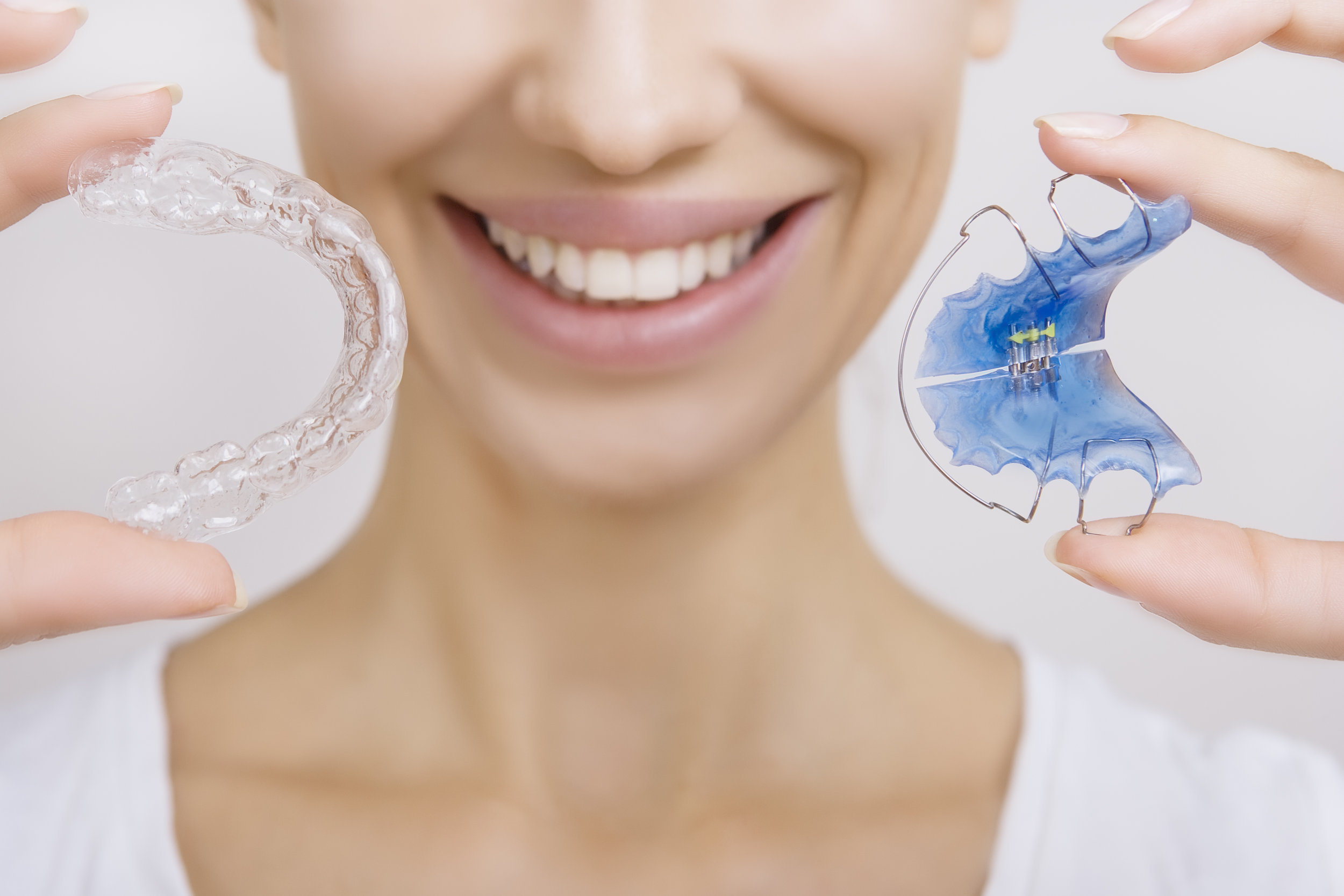Why do we need retainers?
There are a few main reasons why it is necessary for patients to wear their retainers after the completion of orthodontic treatment, but it mainly involves your biology.
The structure that allows teeth to be moved in the first place is also the reason that your teeth want to move back- the periodontal ligament. This structure, along with gum tissue fibers, and bone are the structures that adjust and reorganize to allow teeth to move from one position to another during treatment. Once your teeth are the position that we want, all of these structures need time to adjust to this new position. New bone forms and gum tissue fibers re-organize to help the teeth stay in their new place.
Because this process is not a fast one, retainers are used to help your teeth stay in place while the secondary structures “settle-in” to their new position. By wearing retainers all the time (except for when you are eating or brushing your teeth) for the first several months, you are ensuring that your teeth stay in those final positions and maintain a great result even after your active treatment has been completed.
Which retainers are the best?
The answer to this questions is…. it depends. There are several variations to retainers that orthodontists use to help maintain a successful outcome and each one of these retainers may be used in different situations. Your orthodontist can help explain which retainer would be best for yourself or your loved one.
How long should my retainer last?
The length of a retainer’s durability depends on the type of retainer. The fixed retainers that are bonded (or glued) to the back of your teeth can, over time, wear away. The glue that holds a fixed retainer can erode from toothbrushing, food, drinks and other abrasive forces. Some can dislodge within a couple of years and some can last 20 years or more. If you think your fixed retainer is loose, see your orthodontist today.
Removable retainers can usually be separated into 2 general varieties: clear retainers that cover the teeth or acrylic/plastic retainers that usually have a bar that wraps around your front teeth. The clear retainers need to be replaced if: you accidentally place them in hot water which warps the plastic, you wear them down with your bite, they turn gross, or your teeth have shifted enough that they do not fit. The acrylic ones may need to be replaced if they turn gross or break.
In any case, no matter what retainer you have, if you notice changes in the position of your teeth while you have a retainer or if the retainer does not fit right, call your orthodontist to see if you need a new one. The longer you wait, the more your teeth will move and the less a retainer can help correct it.
When do I stop wearing my retainer, even if I have perfectly straight teeth?
The simple answer is never. As long as you want straight teeth, you should never get rid of your retainer and should always keep it with you. Now, that does not mean that you will have to wear your retainer all the time, but it does mean that even if it has been 20 years after your orthodontic treatment has been completed, you should at least try your retainer in to make sure that the retainer is not too tight. If the retainer does feel tight, make sure to wear it for at least a full 12 hours to get the teeth back into position. If your retainer does not seat properly and you cannot fit in around your teeth, that means it is time to see your orthodontist to determine if you need another retainer to help correct some of the developing issues. New retainers can provide very limited movement of teeth, but for more extensive cases of relapse, other options may need to be discussed.

